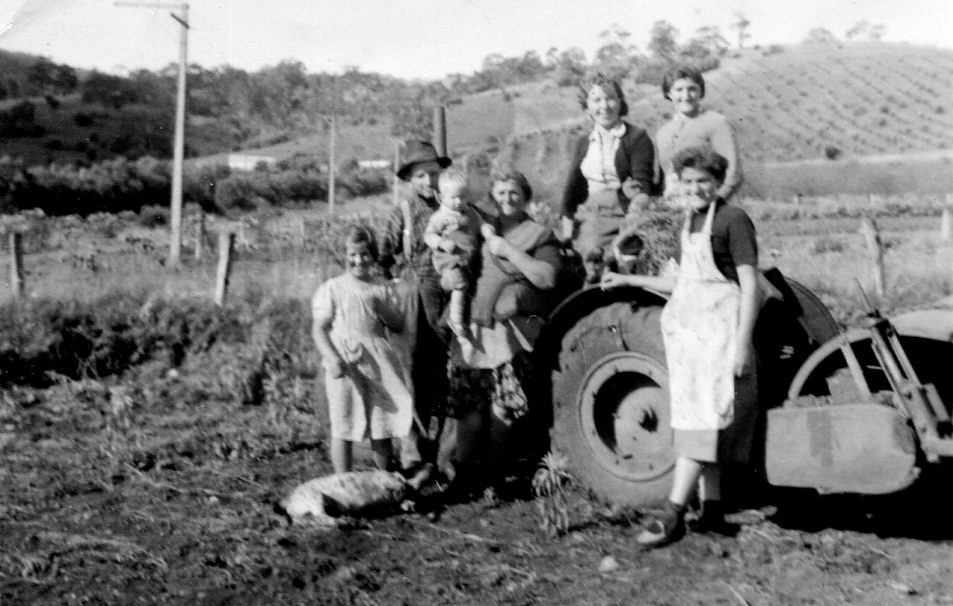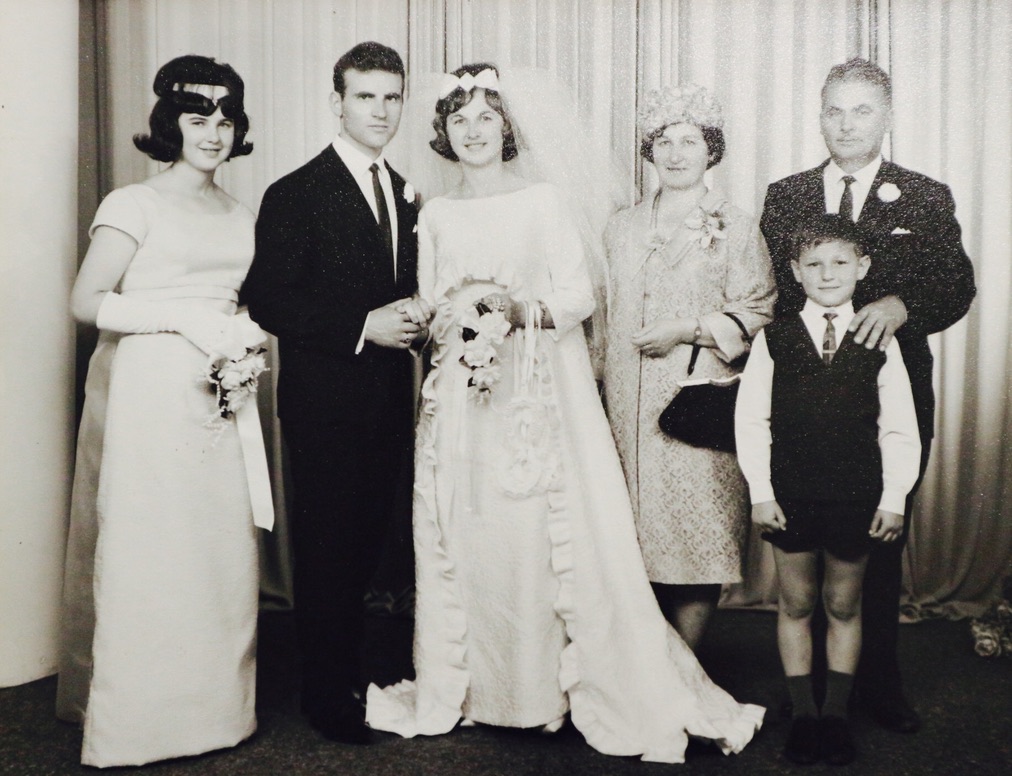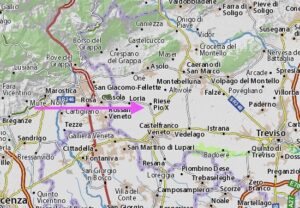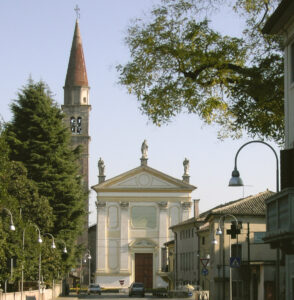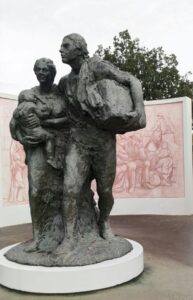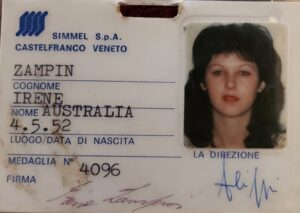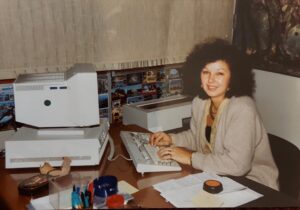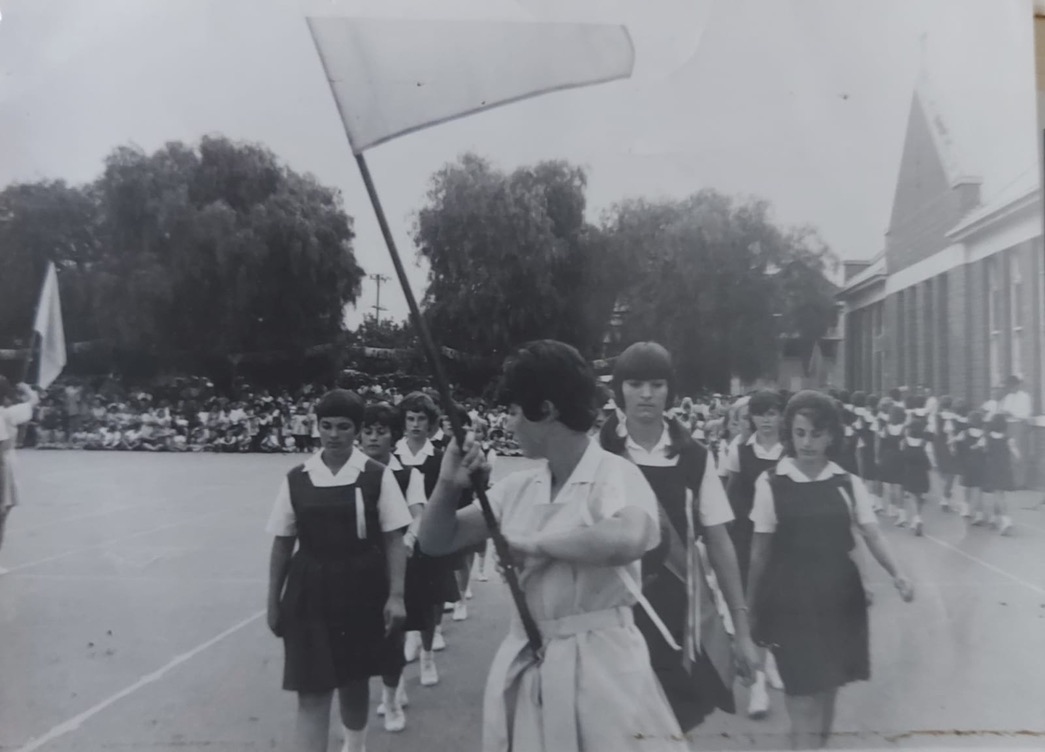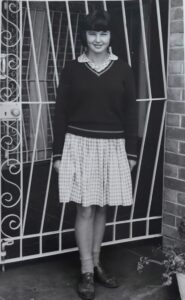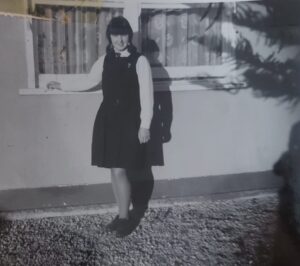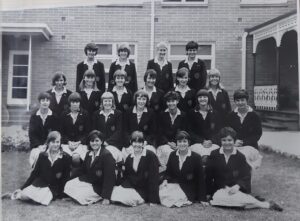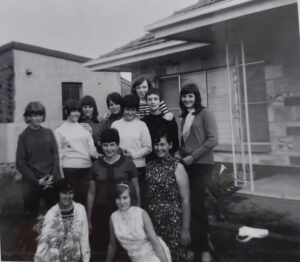In this blog guest writer, Rosa Parletta, writes about the origins of her family in the province of Treviso in the Veneto region. Her story begins with her grandparents.
My name is Rosa Parletta. My maiden name was Rosa Balestrin and I was born in 1947. My father was Giovanni Battista Pacifico Balestrin (Ballestrin). Giovanni or Chico was born in Amparo, Sao Paolo, Brazil of Italian parents, 11th August 1898.
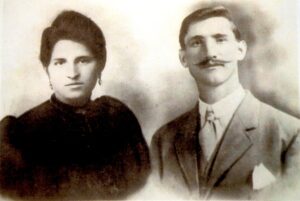
As the story goes Giovanni’s parents were betrothed to other partners, however they were in love with each other and eloped together to Brazil, were married, and Giovanni was born. Giovanni and his parents and his sister Elena returned to Italy once their extended family accepted his parents’ marriage.
Giovanni grew up around Spineda di Riese Pio X, Treviso, Veneto, Italy. Giovanni served in the Italian military infantry from 1914 to 1918. He never spoke much about the war and was very reluctant to answer any questions about the war other than to say that it was a horrific time.
Giovanni married Anna Maria Zanon in 1924 and they had three children, Elisa, Bruno, and Anna Maria. Giovanni’s wife Anna Maria died a couple of days after giving birth to baby Anna Maria, probably due to birth complications. My mother Romilda “Orlinda” Pierina Zanon was born on 8th July 1909 in Spineda. In 1932 Giovanni married Orlinda, and together they had 11 children, Rina, Ada, Tony, Rita, Nora, Mary, Fred, Jean, Bruna, Rosa and John. The last 7 children were born in Australia because in 1935 Giovanni, Orlinda and their children emigrated to Australia on board the ship “Esquilino”. The family, including Giovanni’s first three children, arrived in Fremantle, and then travelled to Port Pirie and from there they travelled to Adelaide by bus. The bus trip was bumpy and rough and all they could see out the window was desolate outback bushland. When Giovanni arrived in Australia he said, “he had a wife, seven children and 4 pounds in his pocket”.
Giovanni’s father and siblings had already emigrated to Australia [interestingly in Australia the family spelt BaLestrin with one “L” instead of two “LL” BaLLestrin]. So, on arrival in Adelaide, Giovanni and Orlinda and their family were met by Giovanni’s brothers and sisters who lived in Currie Street. Giovanni’s father also lived in Australia, however he passed away while Giovanni was on the boat journey from Italy to Australia.
Giovanni’s sisters had a boarding house in the city, mainly for Italian immigrant men who mainly came to Australia first and once settled, were followed by their family a few years later once the men acquired enough money to pay their family’s voyage and to buy a house.
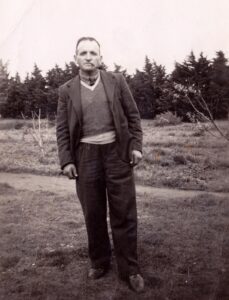
After a while, Giovanni moved to Campbelltown and lived on Stradbroke Road in an old house owned by a Greek man called Lazarus. I don’t remember his surname but his son or daughter, I think, still live on the same property although it has all been subdivided now.
Giovanni worked in a quarry breaking rocks with a big mallet all day and on weekends he would work anywhere he could get extra money. A gentleman name Mr Fox owned a property with orange orchards opposite Maryvale Road Athelstone and dad often worked for him. Giovanni would pick up the fruit that had dropped off the trees on the ground and take them home to the family. Giovanni used to say that if Mr Fox saw him take fruit home that had dropped on the floor, he would make him throw it away because he wanted Giovanni to buy the fruit. Giovanni said that times were very tough for Italian immigrants with a lot of racism at that time.

Years later Giovanni and family moved to Gilbert Street, Newton, off Montacute Road, and worked as a market gardener on land owned by the Spezzano family. Giovanni kept working and eventually had enough money to buy 5 acres of land on Callana Avenue Rostrevor, or it may have been called Rostrevor Park at that time. Giovanni worked the market garden on Callana Avenue and built a timber framed house on the land and he worked and lived and raised his family there until his death in 1974.
Giovanni did not have any glasshouses on his land. The most common vegetables he grew were spring onions, radishes, parsley, spinach. He also grew smaller amounts of carrots, onions, watermelon, rockmelons, and beans. Giovanni had a Clydesdale horse called Duchess who would plough the ground with him, until eventually, Giovanni could afford to buy a tractor which made market gardening a bit easier. Most of the produce Giovanni grew were sold at the East End market in the city. He also purchased a Bedford truck to transport the vegetables to the city. Sometimes he would sell his vegetables to people known as commission agents and they would take the produce, sell it, and keep a percentage of the money for their work.
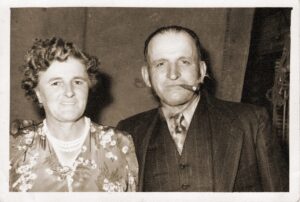
My mother Orlinda worked very hard, both in the garden and at home. To supplement their income, Giovanni would sponsor young men from Italy to come to Australia. These gentlemen would live with our family at Callana avenue until they found their own accommodation. So, mum had lots of cooking and washing to do as well as garden work.
Dad had lots of daughters and I think he had the idea that when one of his daughters was of marrying age, he would sponsor some young men from his village in Italy for the purpose and hope that they would be suitable for his daughters and it worked as few of my sisters married these ‘boarders’ from Italy that lived with them.
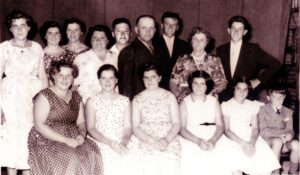
My mother died in 1960 and that was a big blow to all of us. In 1964 dad subdivided the land at Callana avenue and used the money to buy 10 acres at Waterloo Corner, Salisbury. Giovanni built a house and sheds at Waterloo Corner and one of my sisters and her family lived there until she passed away. It was exhausting for Giovanni and the children travelling every day from Callana Avenue to Waterloo Corner to work but eventually we got accustomed to it.
In 1967 or 1969 Giovanni returned to Italy to visit one of his daughters who married in Australia, only to then immigrate to Italy to live with her in-laws – Jean is still there in Spineda to this day.
My brothers John and Fred continued to work the land at Waterloo Corner. Giovanni died in 1974 aged 75 years old. John retired at the end of 2021. Today, John, Rosa, Bruna, and Mary are living in Australia and Jean lives in Italy.

Our family home at Callana Avenue was eventually demolished around 2001. My son recycled some of the jarrah wooden floor joists and floorboards and made a table and coffee table as family keepsakes.
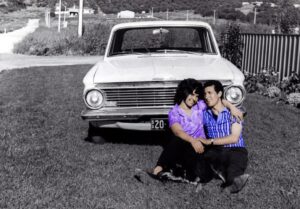
Rosa Parletta (nee Balestrin)
8 May 2022
